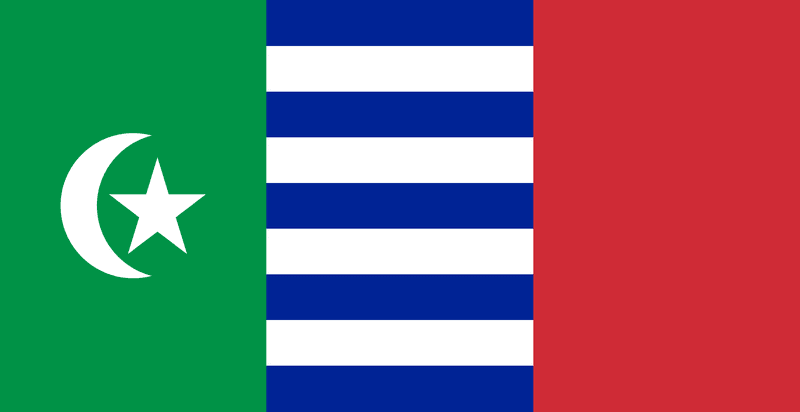The Coming Together
Following the withdrawal of the French after defeat at Dien Bien Phu, and the dissolution of the Indochinese Federation, four nation states emerged; The Kingdom of Laos, The Kingdom of Cambodia, The Democratic Republic of Vietnam (North) and Republic of Vietnam (South). As these four headed towards wars that would last for decades, minority movements were also forming inside Cambodia and the Vietnamese Highland border areas.
They included:
The Khmer Serei founded by Dr. Son Ngoc Thanh in 1958
The Khmer Con Sen Sar, or Khmer White Scarves movement, a semi-mystic, semi-military group, founded in 1959 by a monk named Samouk Seng.
Front de Libération du Kampuchea Krom- Front for the Liberation of the Kampuchea-Krom, or the FLKK, led by Chao Dara.
The Champa Liberation Front, founded in Phnom Penh in 1960 and led by Royal Cambodian Army officer Les Kosem.
BAJARAKA, which stood for four main ethnic groups: the Bahnar people, the Jarai, the Rhade people, and the Koho people formed on May 1, 1958, under Y-Bham Enuol. It soon split with another movement Front de Liberation des Hauts Plateaux, Central Highlands Liberation Front or FLHP.


These groups were introduced, under the blessing of the Cambodian state- and possibly with clandestine French influence- which led to the formation of the Front unifié de lutte des races opprimées (FULRO) or United Front for the Liberation of Oppressed Races.
The High Council consisted of Chao Dara as the Chairman of the Assistant Council, Les Kosem as the Chairman of the Central Committee and Y-Bham Enuoil as the Chairman.
The FULRO Montagnard movement was divided into two groups:
A peaceful resistance faction, under the command of Y-Bham Enuoil, was to lobby the United States to put pressure on the government of the Republic of Vietnam to allow the FULRO Montagnards to return to Vietnam as a legitimate political movement.
An armed wing under the command of Y Dhon Adrong was trained to use force in the fight for an independent nation.

The Cambodian Safe Haven
By 1964, the more radical Montagnard group the FLHP had established a base, with the blessing of Phnom Penh, at a former French military site Camp le Rolland in Mondulkiri province, 15 kilometers from the South Vietnamese border. It was here that the FULRO rebels from September 1964 retreated to, and where they continued to recruit and train fighters from the ethnic communities in Northeastern Cambodia.

Sihanouk hosted the “Indochinese People’s Conference”, in Phnom Penh in early 1965, this time an official FULRO delegation attended, headed by the popular Y-Bham Enuol. Y-Bham’s address reviewed historical friendly relations among the highlanders, Cham, and Khmer and after declaring that the movement were now struggling with the “American imperialists” and “South Vietnamese colonialists,” he lavished praise upon “Samdech Preah Norodom Sihanouk Varman.”
FULRO then published anti-South Vietnamese propaganda that attacked the Saigon regime and applauded Cambodia for its support.
The organization also released maps showing that their aims; Montagnard and Cham independence within a new Champa kingdom compassing areas of Ratanakiri and Mondolkiri provinces in Cambodia and the Central Highlands of Vietnam. Kampuchea Krom would be returned to Cambodia.

No comments:
Post a Comment